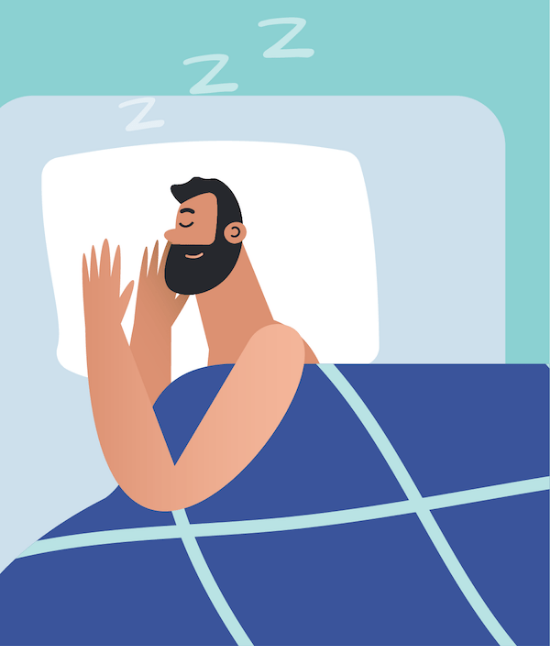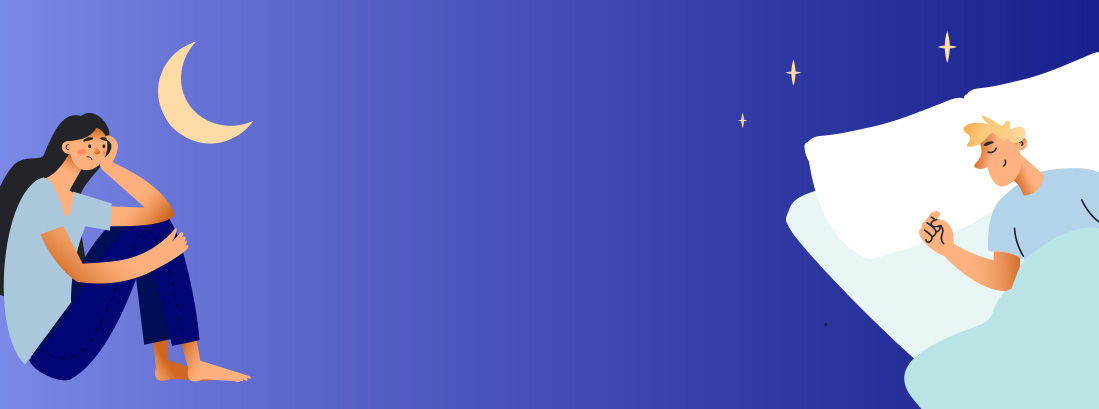
Sleep Disorders
Everything you need to know about sleep disorders, from insomnia to sleep paralysis and all the disorders in between
Insomnia
Insomnia. At one time or another, most of us have experienced its bothersome symptoms: difficulty falling asleep, staying asleep, or both. We may have suffered bouts of insomnia that last a few days, or much longer. Though the symptoms may seem simple enough, insomnia is a complex condition with a wide variety of causes.

The word insomnia is often used to describe any form of trouble sleeping. Insomnia can mean nearly anything — trouble falling asleep for a single night, trouble staying asleep for a few weeks, … Read more
Read More
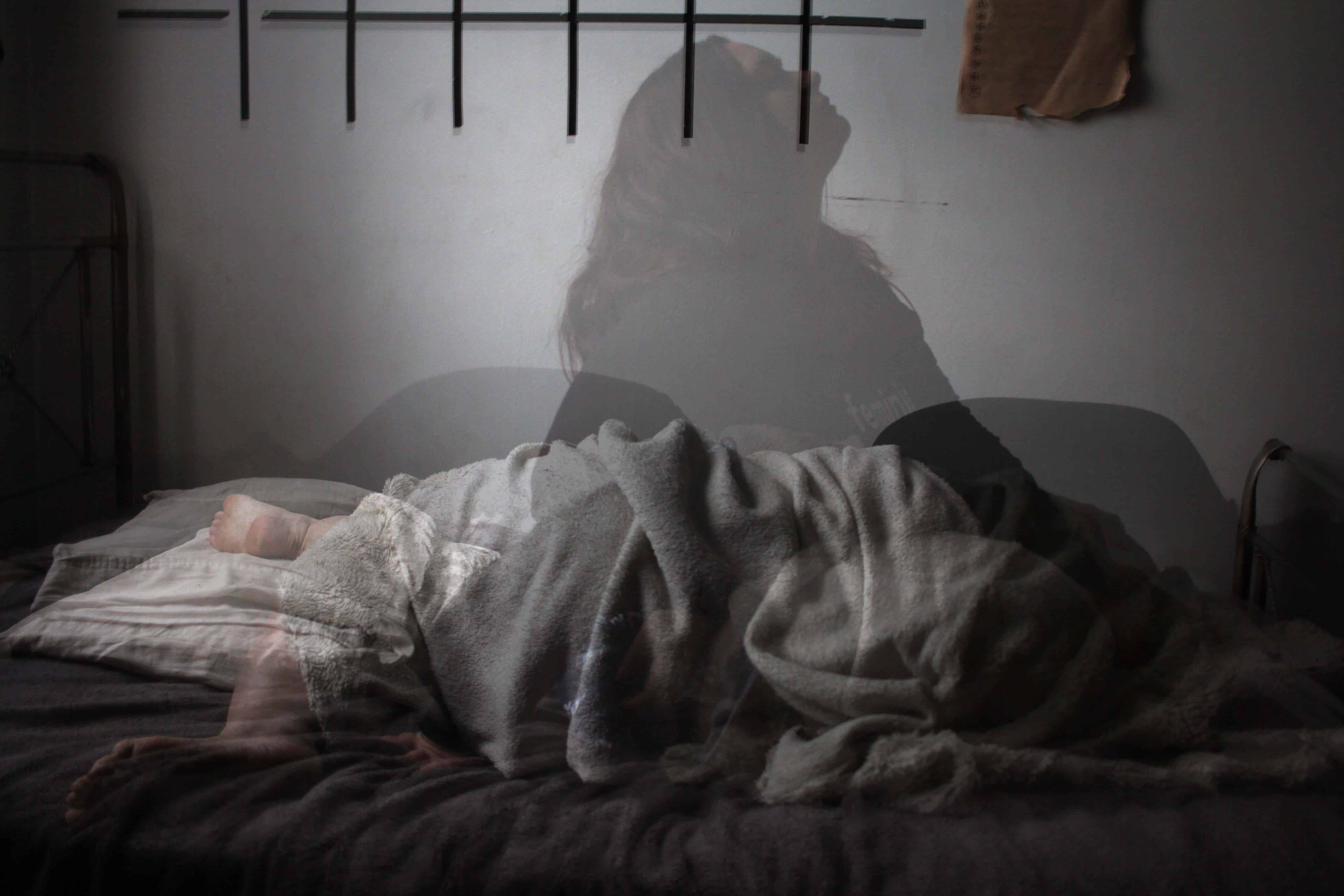
Insomnia is the world’s most common sleep disorder, and affects up to half the human population. The disorder is characterized by the inability to sleep, even when given the opportunity to do so. … Read more
Read More
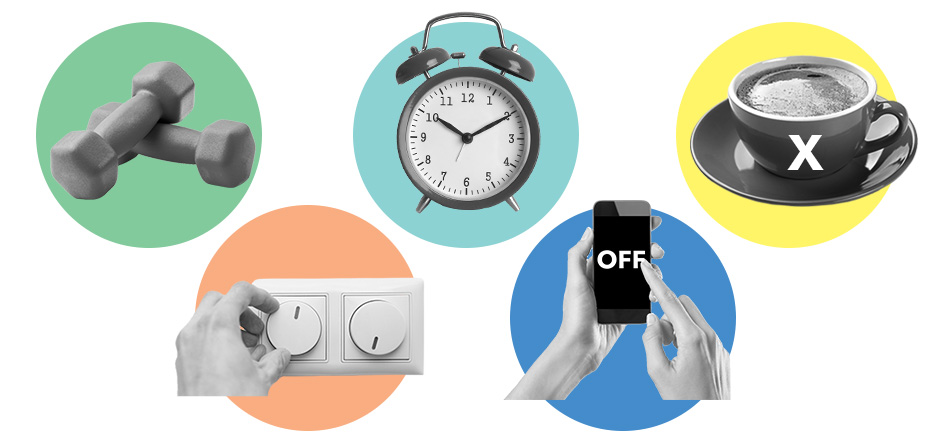
Insomnia and hypersomnia — the words sound similar, and in a few important ways, they are. Both use the same suffix, which means sleep in Latin. Both are sleep disorders with a neurological … Read more
Read More
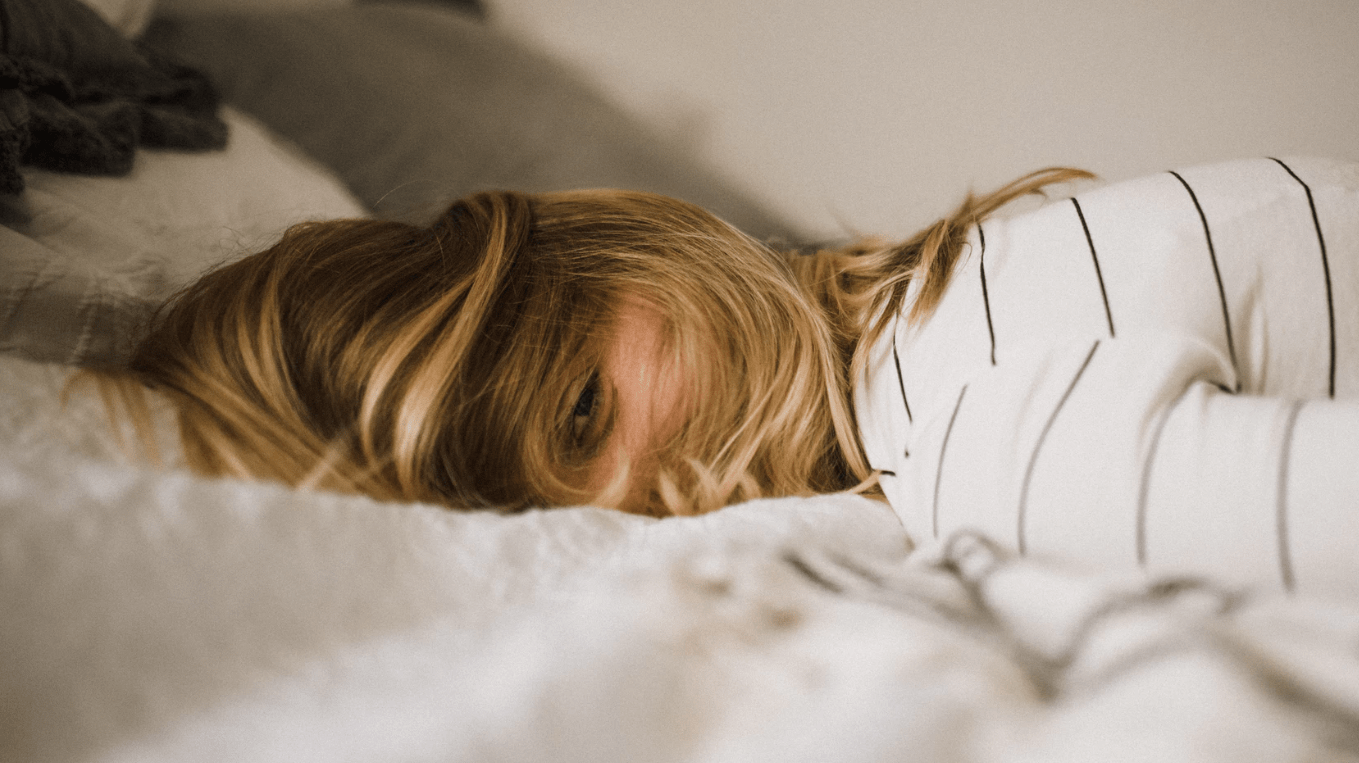
Insomnia sounds simple. It’s just the inability to fall asleep, right? Well, not exactly. Insomnia is the inability to fall asleep, stay asleep, fall back to sleep after waking, or all three. Insomnia … Read more
Read More
Sleep Apnea

Do you get punched at night for deafening snores? Or wake up feeling tired even though you think you got plenty of sleep? These signs could point towards sleep apnea, a common sleep … Read more
Read More
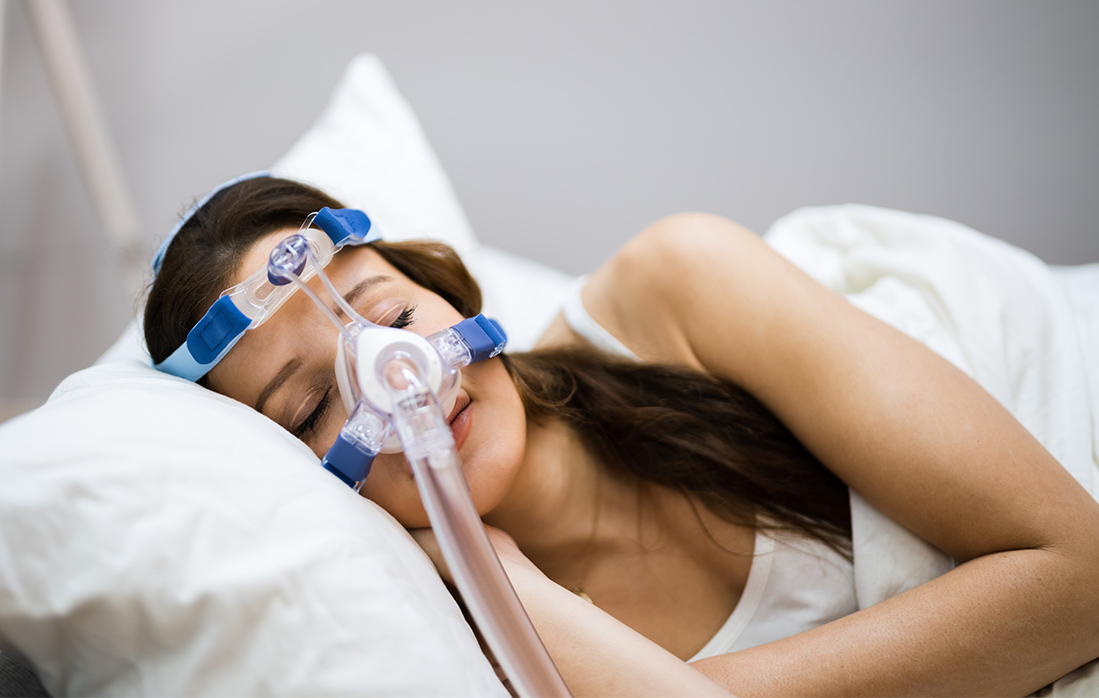
A good night’s sleep is crucial to your overall health and wellness, and comfort is key. But anyone with sleep apnea (OSA) knows a comfortable and easy night’s sleep can be difficult to … Read more
Read More
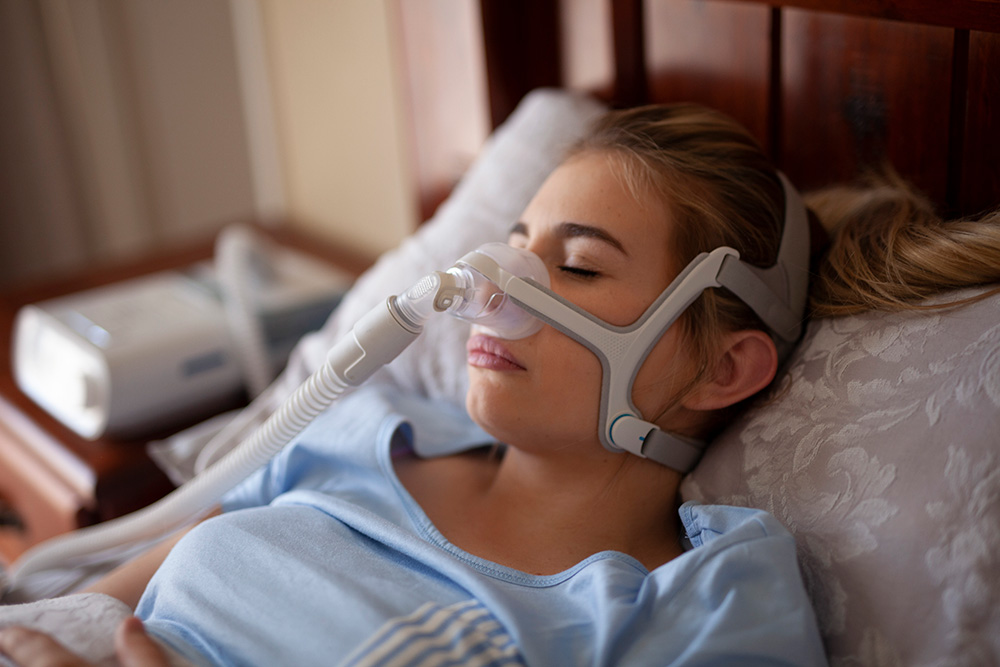
Women And Sleep Apnea — An Under-Detected Condition Like many other conditions, from heart attacks to hormonal issues, obstructive sleep apnea (OSA) is detected differently in women than men — and because of … Read more
Read More
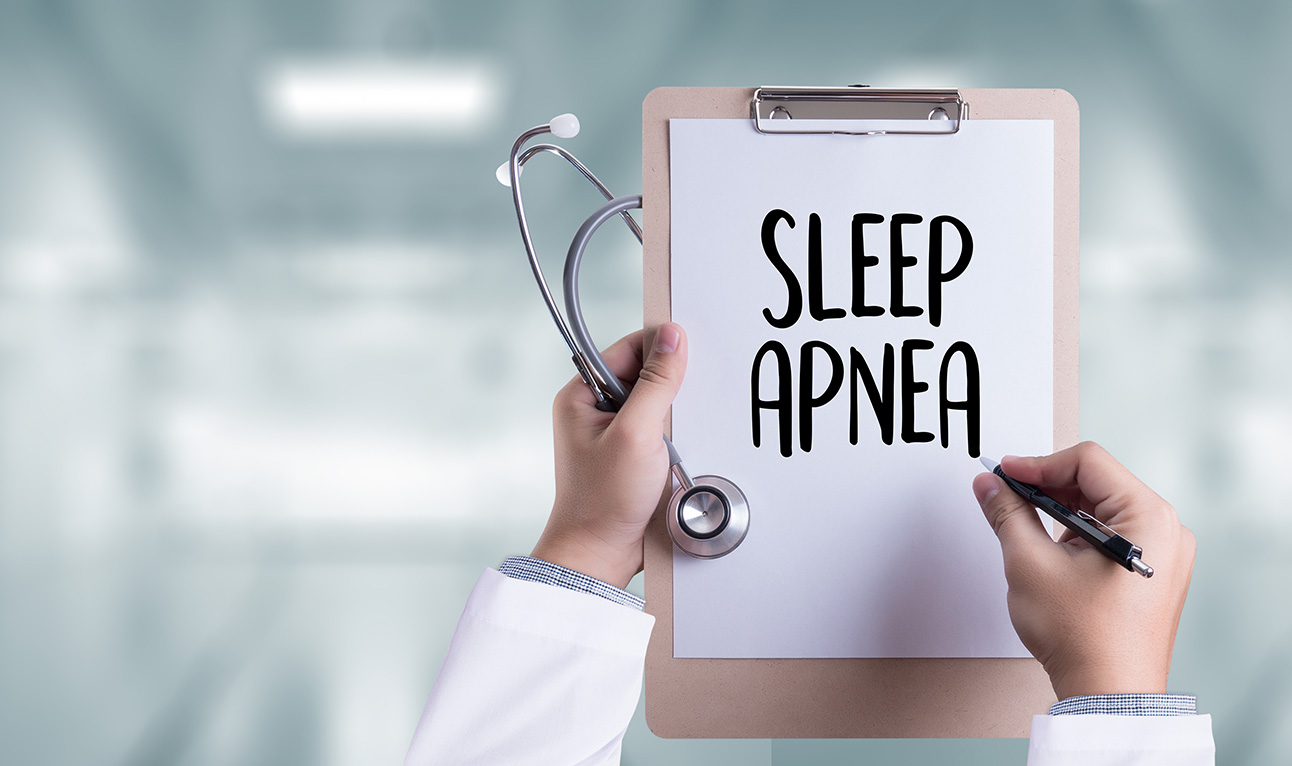
When you picture sleep apnea treatment, a bulky PAP machine probably comes to mind. These popular — though not necessarily beloved — devices ensure the airway doesn’t close while you sleep and help … Read more
Read More
More Sleep Disorders
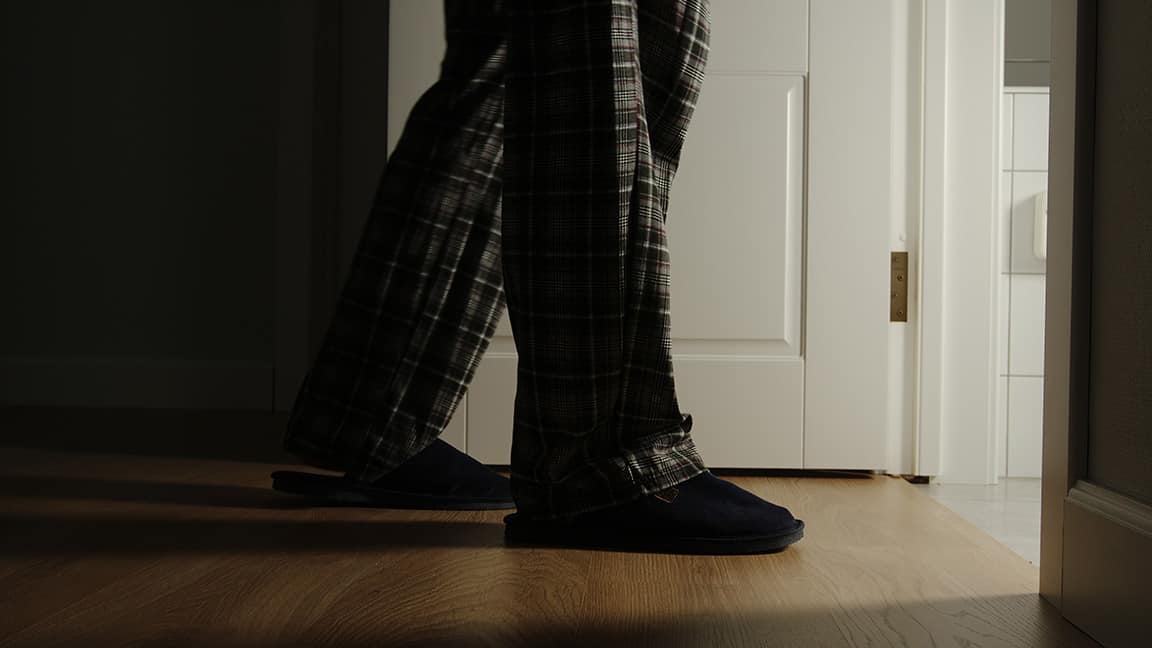
Nothing is more frustrating than waking up repeatedly for trips to the bathroom when you’d rather be sleeping, but that’s the reality for those living with nocturia. It’s a condition that means you’re … Read more
Read More
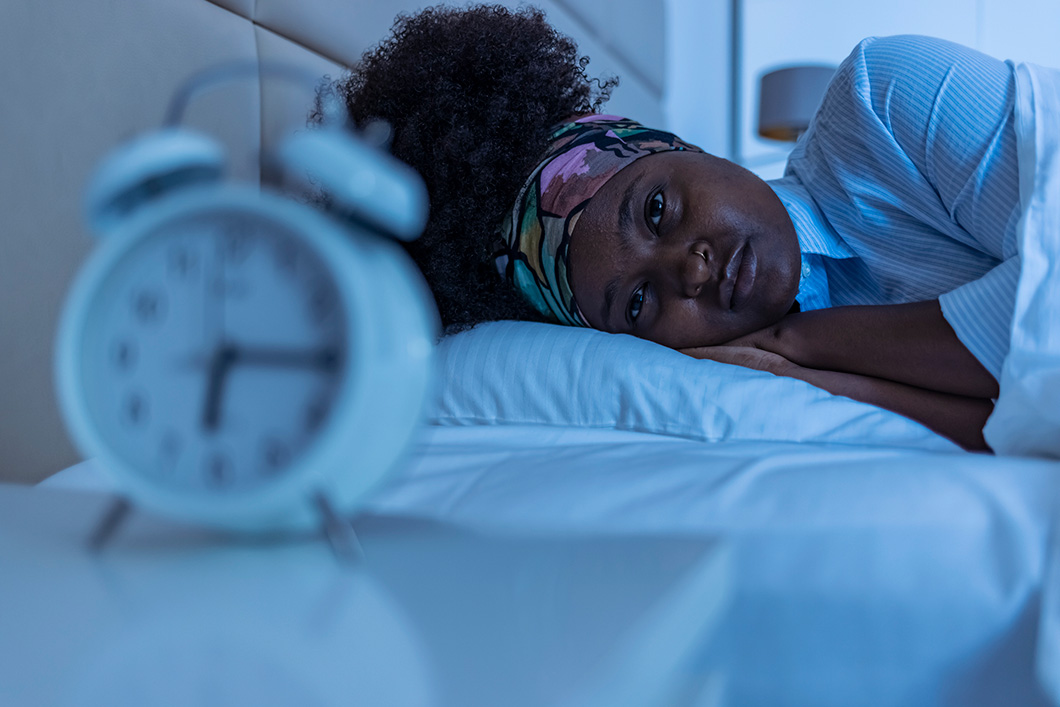
Night after night, the song remains the same. You turn out the lights, bid partners and pets a fond farewell, and settle in for a snooze. From time to time, however, there’s a … Read more
Read More
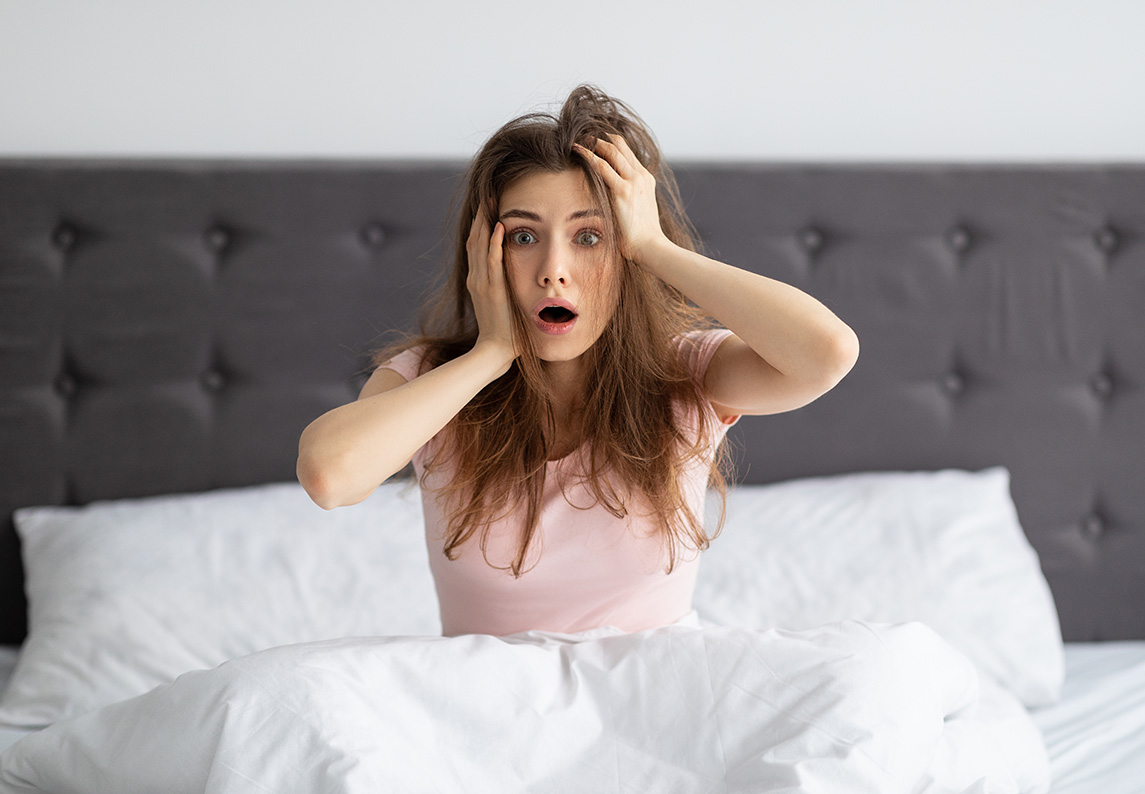
Humans have very few innate fears — that is, fears that we’re born with as opposed to those that are acquired over time. Along with fear of pain, falling, and sudden movement, the … Read more
Read More
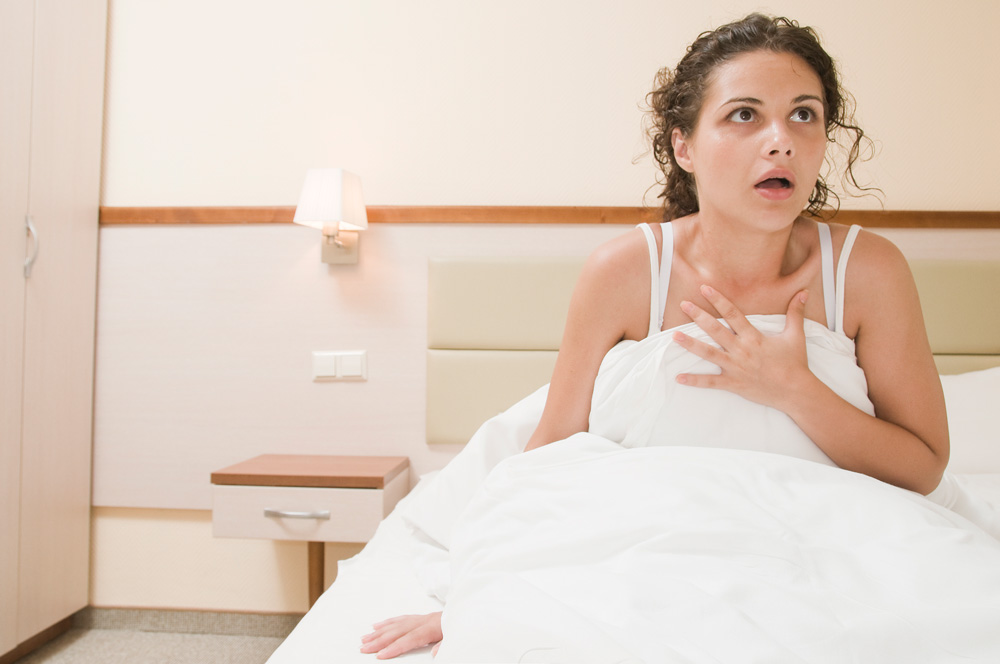
In 1998, James Currens walked out of his house and into a nearby pond, where he eventually found himself surrounded by alligators. Using a cane to keep them at bay, Currens shouted for … Read more
Read More
Subscribe Today!
Get the latest deals, discounts, reviews, and giveaways!
Sleepopolis Team
The Sleepopolis team is all about helping you sleep better. We live, eat, breathe, and sleep (ha!) all things, well, sleep! Whether you need a new mattress, are having trouble sleeping, or are just tired of counting sheep, we've got you covered. Check back here often for the latest and greatest in mattress reviews, sleep news, or health tips, and in the meantime, sleep well.













